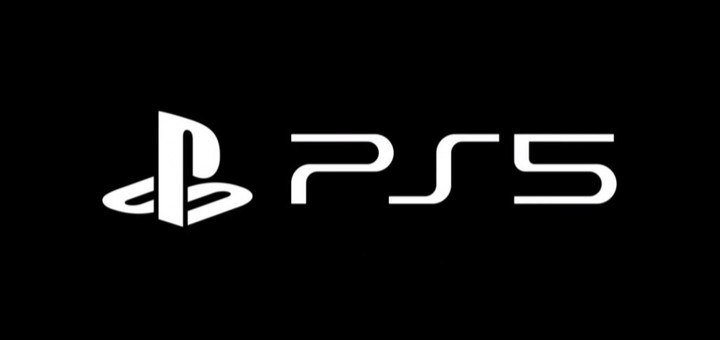When Sony announced a presentation to showcase new PlayStation 5 details, they perhaps didn’t have in mind a comprehensive breakdown of system chips and advancing audio graphs.
Presented by lead system architect Mark Cerny, the presentation, while informative, was more a lecture to industry insiders than consumers - featuring no look at the PS5 console whatsoever.
Instead we got a breakdown of the specifications in the PS5 (via Eurogamer), which you can check out below.
- CPU - 8x Zen 2 Cores at 3.5GHz (variable frequency
- GPU - 10.28 TFLOPS, 36 CUs at 2.23 GHZ (variable frequency)
- GPU Architecture - Custom RDNA 2
- Memory/interface - 448GB/s
- Internal Storage - Custom 825GB SSD
- IO Throughput - 5.5GB/s (Raw), Typical 8-9 GB/s (compressed)
- Expandable Storage - NVMe SSD slot
- External Storage - USB HDD Support
- Optical Drive - 4K UHD Blu-ray Drive
The main selling point Sony showcased was the SSD drive which will have 825 GB of internal storage - sitting between the 500GB PS4 hard drive space at launch and the PS4 Pro's 1TB.
The switch to an SDD however will mean much faster load times. Their goal with the PS5 is to have 5GB of data loaded up within a second, a dramatic improvement compared to the PS4's 20 seconds to a load a single gigabyte.
Cerny also explained there’ll be no patch or game installs as we know them, meaning we should be able to boot up games straight away following an initial download.
Backwards compatibility was also touched upon, with Cerny explaining how they’ve tested the top 100 PS4 titles in playtime (without naming them) and stating nearly all of them will be available from the PS5 launch.
This might disappoint those expecting full backwards compatibility from the launch of the PS5, with some PS4 titles requiring some modifications before they’ll be up and running.
Sony’s PlayStation 5 is expected to be released in holiday 2020.

 No ads, our video library,
No ads, our video library,

